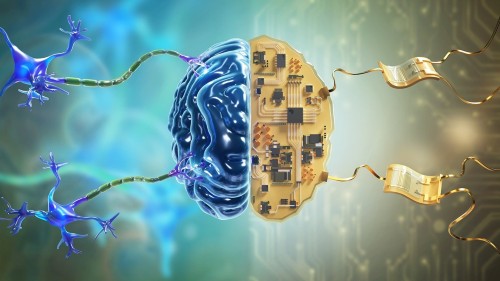Neuromorphic computing: mimicking the human brain is a breakthrough that’s bringing us closer to computers that think and learn like people. As technology advances, this brain-inspired approach is transforming artificial intelligence, making it more adaptive and efficient than ever before.
How Neuromorphic Computing Mimics the Brain
To understand neuromorphic computing: mimicking the human brain, imagine a computer chip that works more like a living brain than a traditional processor. Instead of following strict, linear instructions, these chips use artificial neurons and synapses to process information in parallel. This allows them to recognize patterns, learn from experience, and adapt to new situations just as our brains do.
The Importance of Brain-Inspired AI
There are several reasons why mimicking the human brain is so important for AI. First, neuromorphic chips are far more energy-efficient than conventional processors, which is essential for portable devices and the growing Internet of Things. Second, they can learn and make decisions in real time, a crucial feature for robotics, healthcare, and autonomous vehicles. Because of these advantages, neuromorphic computing is quickly becoming a key technology for smarter AI.
Real-World Applications of Neuromorphic Computing
The impact of neuromorphic computing: mimicking the human brain is already visible in many areas. For instance, medical devices can now analyze patient data instantly, helping doctors make faster decisions. In robotics, machines equipped with neuromorphic chips adapt to new environments smoothly. Additionally, smart assistants and autonomous vehicles are starting to benefit from this technology, becoming more responsive and intuitive.
Looking Ahead: The Future of Brain-Inspired AI
As research continues, neuromorphic computing is expected to revolutionize how we interact with technology. Soon, we may see AI systems that not only process information quickly but also understand context and learn from experience much like a human does. This evolution could lead to smarter, more helpful devices in our everyday lives.
Conclusion: Why Neuromorphic Computing Matters
In summary, neuromorphic computing: mimicking the human brain is setting the stage for the next generation of artificial intelligence. By drawing inspiration from the most powerful computer we know the human brain this technology promises to make AI smarter, more adaptive, and more energy-efficient. As neuromorphic computing continues to evolve, it will undoubtedly shape the future of technology and our relationship with intelligent machines.
